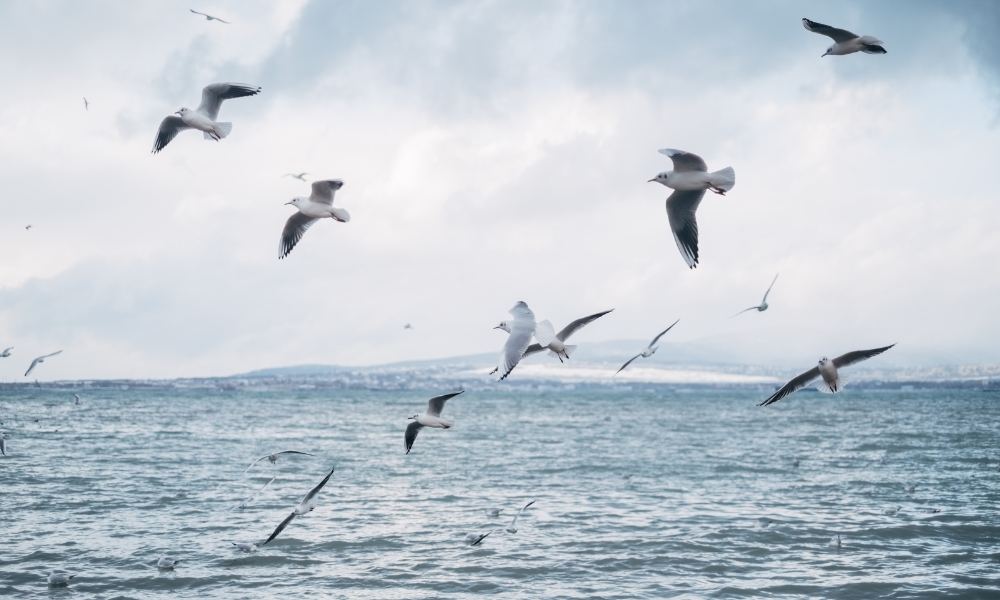Hundreds of birds died in one of its toxic tailings ponds, says report

Canadian Natural Resources Ltd. (CNRL) is appealing the $278,000 fine that the Alberta Energy Regulator (AER) imposed on the company in mid-2024.
The AER imposed the fine on CNRL after the 2022 incident, when a small land formation re-emerged in a tailings pond at the Horizon oilsands mine, about 60 kilometres north of Fort McMurray.
Over the spring and summer, 411 California gulls died after being exposed to the toxic water.
The regulator penalized the company for failing to prevent the birds from nesting on an island that formed within the contaminated water.
CNRL’s environmental infraction also endangered coyotes and wolves near the area, according to a report from The Globe and Mail..
In a statement to CBC, AER said the sanction is eligible for an appeal under the regulations laid out in the Responsible Energy Development Act. A hearing date, however, has not been set.
According to CBC, the employer declined to comment on the development, citing the pending review.
CNRL failed to immediately report incident
According to CNRL, their wildlife management activities include pre-disturbance planning, wildlife surveys, minimizing impact on operational sites and managing wildlife on retired assets.
“Minimizing disturbance to wildlife and their habitat helps ensure animal species continue to thrive and that effects to biodiversity are minimized in areas near our operations. This work also protects the safety of our employees and wildlife by reducing human-wildlife conflict,” the employer said.
The company initially assessed the island as low risk, as birds had not shown interest in the area. That changed in May 2022, when workers counted 271 California gull nests and a single Canada goose nest on the site.
CNRL did not report the issue to the AER until June 7, more than two weeks after the birds had begun nesting, according to the CBC report.
The company attempted to disperse the flocks using pyrotechnics and other deterrents, but the birds repeatedly returned. By July, oil-covered gull chicks were being discovered, and bird carcasses continued to accumulate in the area. Predators such as wolves and coyotes were also observed crossing the shallow water to hunt the contaminated birds, further spreading the contamination risk.
The deaths continued until early August, when the surviving chicks were able to leave the area. The island was not removed until September, after 411 birds had perished.
CNRL appeals against ‘standard of perfection’
CNRL has previously denied its negligence in the 2022 arguing that they should not be held to a "standard of perfection" in its efforts to protect the birds, according to CBC.
However, several stakeholders are now criticizing the company over its appeal against the $278,000 fine.
"It sends the wrong message," said David Spink, an environmental consultant and former industry regulator with the Alberta government, in the report.
"There's no question that the birds died and there's no question that it was your facility that was responsible."
Colleen Cassady St. Clair, a University of Alberta biologist, meanwhile, said that the employer should have known that islands in tailings ponds were attractive to birds and posed a risk to passing flocks.
"They had lots of warning," she told CBC. "They don't have to be perfect, but they should be trying to absolutely minimize those mortalities.
"It's hard to see an argument that they couldn't have anticipated this problem."





